-
 Bitcoin
Bitcoin $112400
-1.07% -
 Ethereum
Ethereum $3409
-3.27% -
 XRP
XRP $2.784
-6.60% -
 Tether USDt
Tether USDt $0.9997
-0.03% -
 BNB
BNB $739.3
-2.09% -
 Solana
Solana $158.0
-2.90% -
 USDC
USDC $0.9998
-0.02% -
 TRON
TRON $0.3213
-0.94% -
 Dogecoin
Dogecoin $0.1929
-5.01% -
 Cardano
Cardano $0.6974
-2.82% -
 Hyperliquid
Hyperliquid $36.69
-2.31% -
 Sui
Sui $3.327
-4.80% -
 Stellar
Stellar $0.3672
-5.18% -
 Chainlink
Chainlink $15.65
-3.07% -
 Bitcoin Cash
Bitcoin Cash $525.0
-1.68% -
 Hedera
Hedera $0.2291
-6.00% -
 Avalanche
Avalanche $20.91
-2.96% -
 Ethena USDe
Ethena USDe $1.000
0.00% -
 Toncoin
Toncoin $3.520
-1.12% -
 UNUS SED LEO
UNUS SED LEO $8.968
0.14% -
 Litecoin
Litecoin $105.7
0.26% -
 Shiba Inu
Shiba Inu $0.00001181
-1.79% -
 Polkadot
Polkadot $3.492
-2.08% -
 Uniswap
Uniswap $8.800
-3.10% -
 Dai
Dai $0.9999
-0.01% -
 Monero
Monero $289.9
-3.17% -
 Bitget Token
Bitget Token $4.243
-1.27% -
 Pepe
Pepe $0.00001006
-3.67% -
 Cronos
Cronos $0.1248
-5.68% -
 Aave
Aave $249.7
-2.50%
What is the transaction fee of Shiba Inu Coin?
Shiba Inu Coin transaction fees are influenced by the congestion on the Ethereum network, with higher gas prices leading to faster confirmation times but also increased costs.
Feb 18, 2025 at 01:36 am
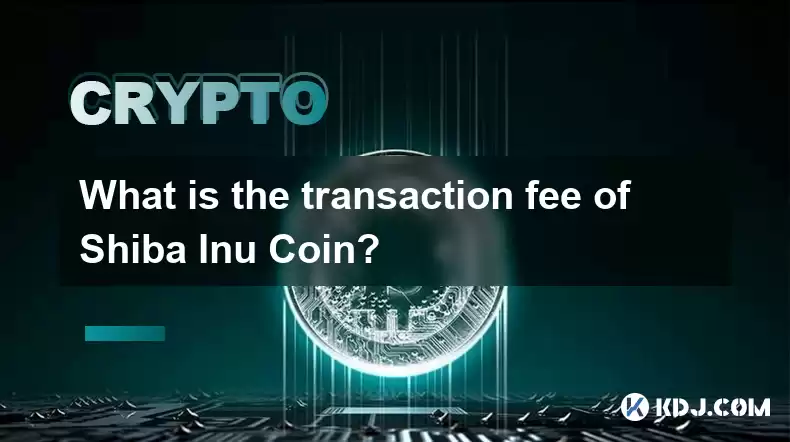
The Comprehensive Guide to Shiba Inu Coin Transaction Fees
Shiba Inu Coin (SHIB) has emerged as a popular meme coin within the cryptocurrency community. Understanding its transaction fee structure is crucial for users to estimate the costs associated with sending or receiving SHIB. This guide delves into the factors influencing SHIB transaction fees and provides step-by-step instructions for calculating them.
Key Points:
- Shiba Inu's transaction fee is determined by the congestion on the Ethereum network.
- Gas prices, measured in gwei, fluctuate based on network demand and user urgency.
- Different platforms and wallet services may charge additional fees for processing SHIB transactions.
- Understanding the transaction fee components allows users to optimize their transactions and minimize costs.
- Both the sender and recipient should consider the potential transaction fees when engaging in SHIB transfers.
Transaction Fee Structure
- Gas Price: The Ethereum network charges a fee known as gas price for executing transactions. This fee is measured in gwei, and its value represents the amount of Ether (ETH) a user is willing to pay per unit of gas. Higher gas prices prioritize transactions on the network, resulting in faster confirmation times.
- Gas Limit: The gas limit specifies the maximum amount of gas a user is willing to spend on a transaction. This value should be sufficient to cover the gas required to execute the transaction successfully. Overestimating the gas limit can lead to wasted ETH, while underestimating it may cause the transaction to fail.
- Burnt Token: When a user sends SHIB, a percentage of the transaction fee is burnt permanently. This mechanism reduces the overall SHIB supply and contributes to the deflationary nature of the coin.
Calculating SHIB Transaction Fees
To calculate the SHIB transaction fee, follow these steps:
- Retrieve the current gas price in gwei from a reputable source such as Etherscan or GasNow.
- Estimate the gas limit required for the transaction. The recommended gas limit for SHIB transfers is typically around 50,000 to 75,000.
- Multiply the gas price by the gas limit to determine the total transaction fee in gwei.
- Convert the fee from gwei to ETH using the conversion rate at the time of the transaction.
Platform and Service Fees
In addition to Ethereum network fees, some platforms and wallet services may charge additional processing fees. These fees vary depending on the service, so users should be aware of them before initiating a transaction.
Reducing Transaction Fees
- Choose Off-Peak Hours: Submitting transactions during non-peak hours can reduce gas prices.
- Consolidate Transactions: Grouping multiple transactions into a single transfer can minimize the total gas spent.
- Use a Fee-Optimized Platform: Some platforms like Coinbase offer fee optimization tools that can help reduce transaction costs.
FAQs
Q: Why are SHIB transaction fees so high at times?
A: SHIB transaction fees are influenced by the congestion on the Ethereum network. When network demand is high, gas prices increase, resulting in higher transaction fees.
Q: How much does a typical SHIB transaction cost?
A: Typical SHIB transaction costs range from $0.10 to $5, depending on the network congestion and gas limit used.
Q: Can I avoid paying SHIB transaction fees?
A: No, SHIB transaction fees are an inherent part of sending or receiving the coin on the Ethereum network. However, by understanding the fee structure and optimizing your transactions, you can minimize the costs associated with them.
Q: What happens to the burnt token fee?
A: The burnt token fee permanently reduces the SHIB supply, contributing to the deflationary nature of the coin.
Disclaimer:info@kdj.com
The information provided is not trading advice. kdj.com does not assume any responsibility for any investments made based on the information provided in this article. Cryptocurrencies are highly volatile and it is highly recommended that you invest with caution after thorough research!
If you believe that the content used on this website infringes your copyright, please contact us immediately (info@kdj.com) and we will delete it promptly.
- Ruvi AI: The AI Token on Cardano Set to Dominate After CMC Listing
- 2025-08-03 04:50:12
- Bitcoin, MicroStrategy, and Institutional Confidence: A Bullish Trifecta?
- 2025-08-03 04:30:12
- Ruvi AI Token: Price Hike Imminent After Presale Milestone?
- 2025-08-03 04:30:12
- Ruvi AI: The Millionaire Maker with a Price Spike on the Horizon?
- 2025-08-03 02:50:12
- DOGE, Utility Coins, and Smart Money: A New Era for Crypto Investing?
- 2025-08-03 02:50:12
- Punisher Coin: Is This Meme Coin the Crypto Investment with 100x ROI Potential?
- 2025-08-03 03:30:12
Related knowledge
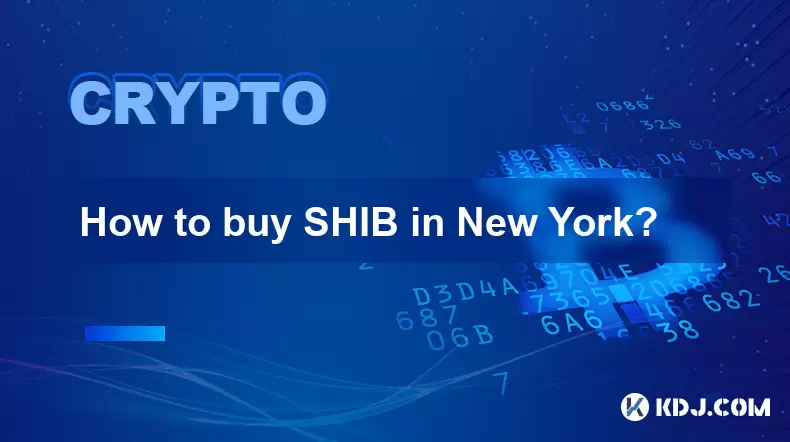
How to buy SHIB in New York?
Jul 18,2025 at 05:42pm
What is SHIB and Why is it Popular?SHIB, or Shiba Inu, is a decentralized cryptocurrency that has gained popularity due to its meme-inspired branding ...
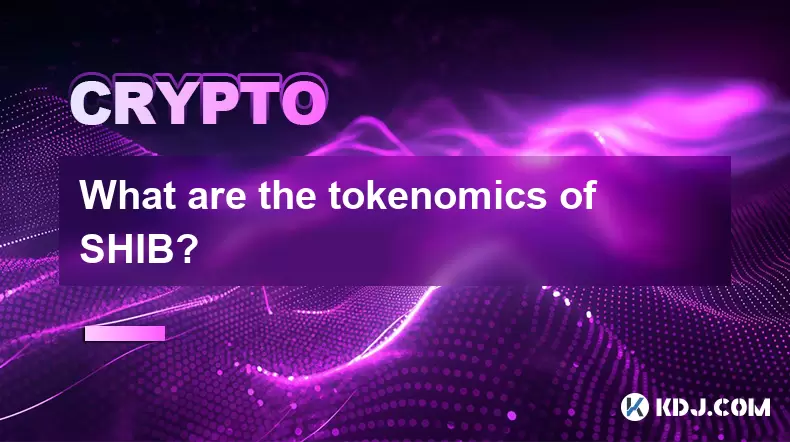
What are the tokenomics of SHIB?
Jul 20,2025 at 06:21pm
Overview of SHIB TokenSHIB, short for Shiba Inu, is an Ethereum-based cryptocurrency that launched in August 2020. It was created as a decentralized c...
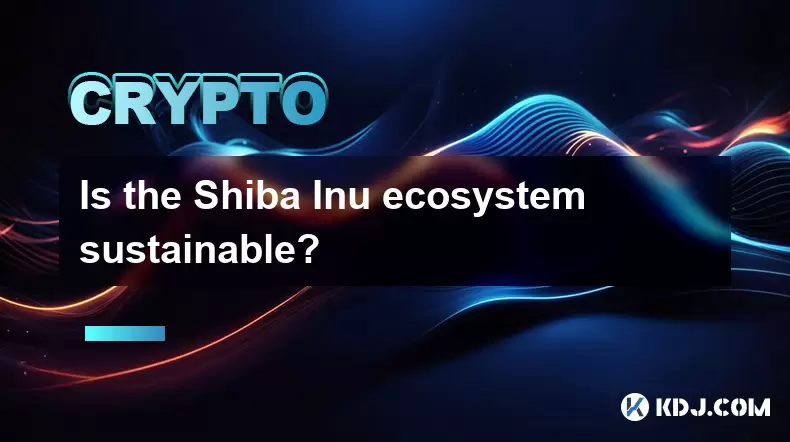
Is the Shiba Inu ecosystem sustainable?
Jul 24,2025 at 12:56pm
Understanding the Shiba Inu EcosystemThe Shiba Inu (SHIB) ecosystem began as a meme coin, similar to Dogecoin, but has since evolved into a more compl...
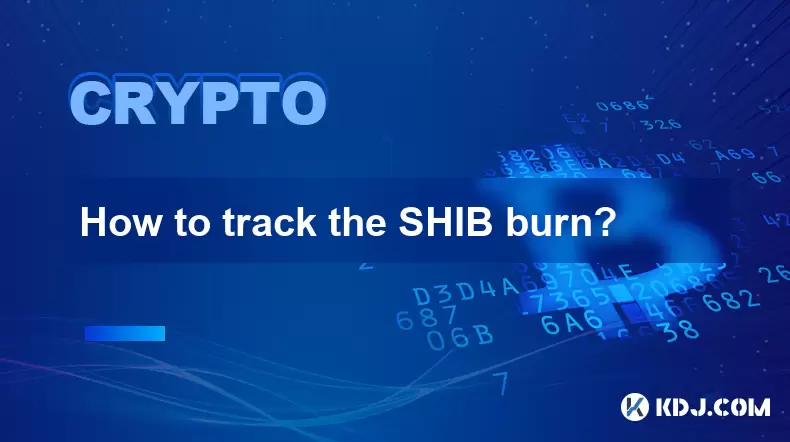
How to track the SHIB burn?
Jul 18,2025 at 10:35pm
Understanding the SHIB Burn MechanismThe SHIB burn refers to the process of permanently removing Shiba Inu (SHIB) tokens from circulation. This is typ...
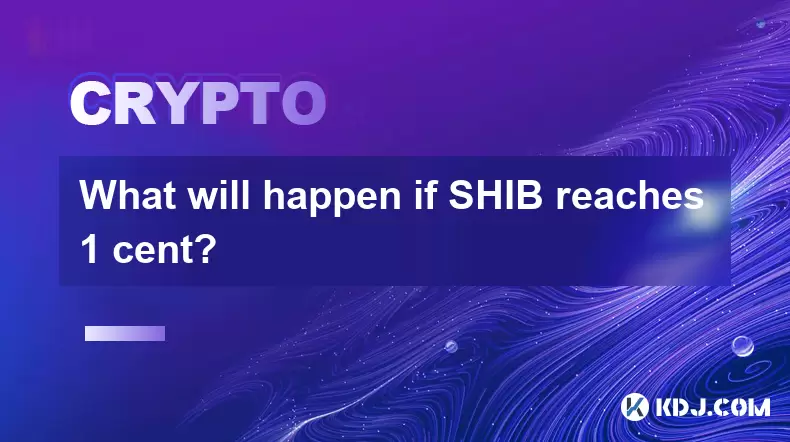
What will happen if SHIB reaches 1 cent?
Jul 22,2025 at 02:00pm
Understanding the Value of SHIBSHIB, or Shiba Inu, is a decentralized meme token that gained significant attention due to its association with Dogecoi...
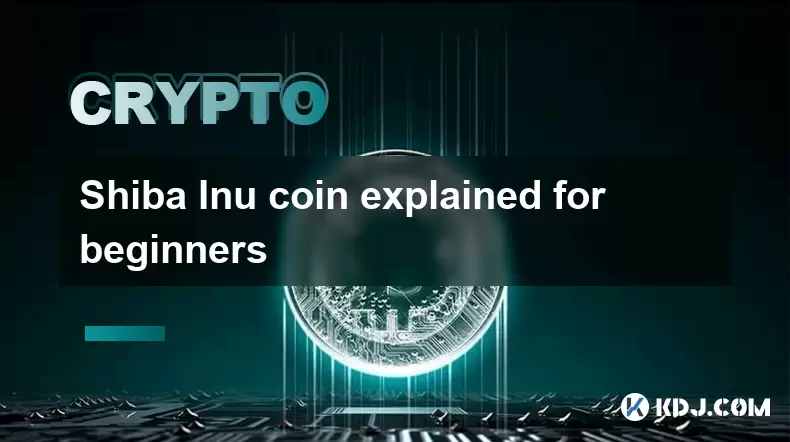
Shiba Inu coin explained for beginners
Jul 22,2025 at 05:49am
What Is Shiba Inu Coin?Shiba Inu (SHIB) is a decentralized cryptocurrency that was created in 2020 by an anonymous individual or group known as Ryoshi...

How to buy SHIB in New York?
Jul 18,2025 at 05:42pm
What is SHIB and Why is it Popular?SHIB, or Shiba Inu, is a decentralized cryptocurrency that has gained popularity due to its meme-inspired branding ...

What are the tokenomics of SHIB?
Jul 20,2025 at 06:21pm
Overview of SHIB TokenSHIB, short for Shiba Inu, is an Ethereum-based cryptocurrency that launched in August 2020. It was created as a decentralized c...

Is the Shiba Inu ecosystem sustainable?
Jul 24,2025 at 12:56pm
Understanding the Shiba Inu EcosystemThe Shiba Inu (SHIB) ecosystem began as a meme coin, similar to Dogecoin, but has since evolved into a more compl...

How to track the SHIB burn?
Jul 18,2025 at 10:35pm
Understanding the SHIB Burn MechanismThe SHIB burn refers to the process of permanently removing Shiba Inu (SHIB) tokens from circulation. This is typ...

What will happen if SHIB reaches 1 cent?
Jul 22,2025 at 02:00pm
Understanding the Value of SHIBSHIB, or Shiba Inu, is a decentralized meme token that gained significant attention due to its association with Dogecoi...

Shiba Inu coin explained for beginners
Jul 22,2025 at 05:49am
What Is Shiba Inu Coin?Shiba Inu (SHIB) is a decentralized cryptocurrency that was created in 2020 by an anonymous individual or group known as Ryoshi...
See all articles

























































































